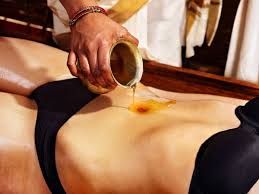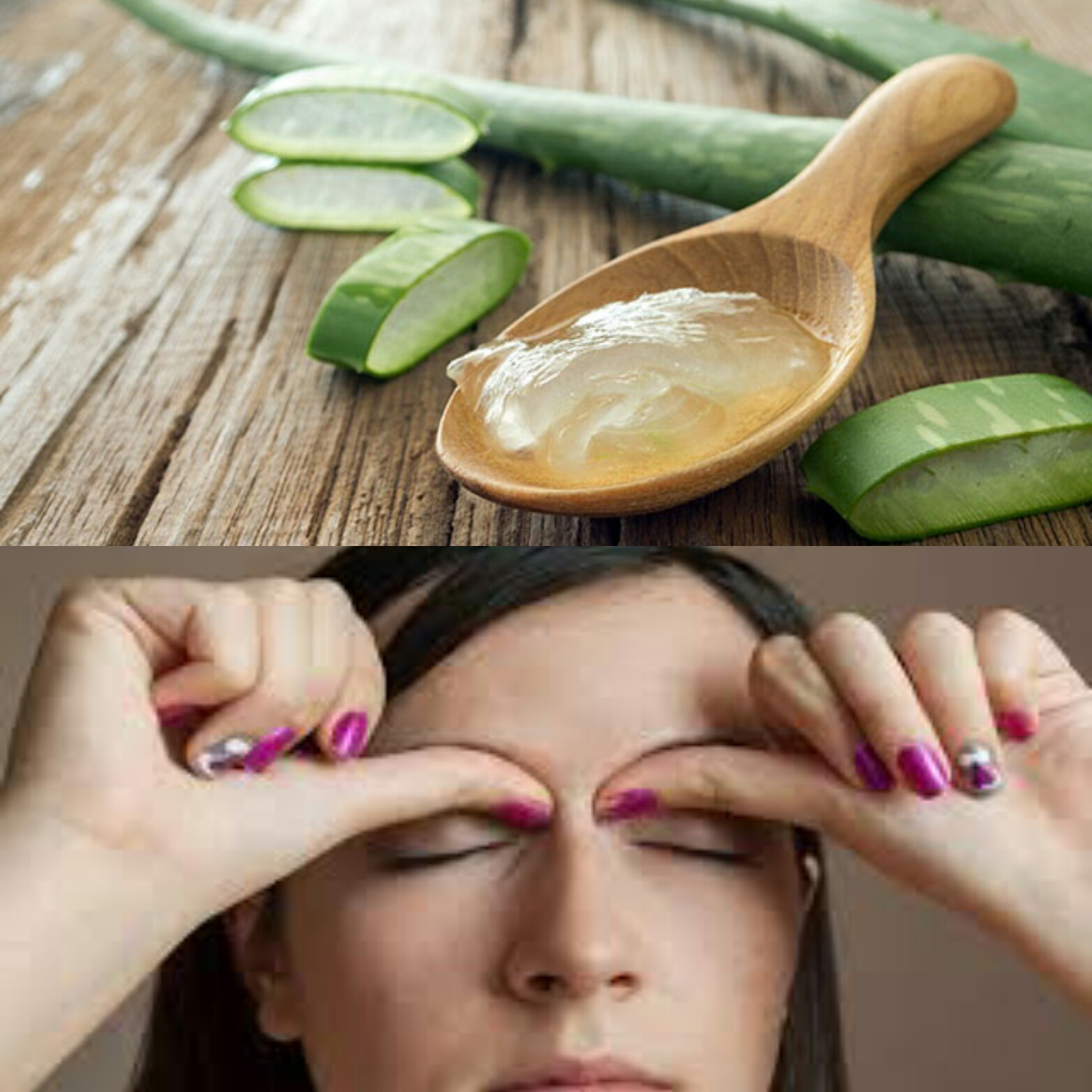
Dry Eyes Syndrome is a condition that happens when tear glands don’t produce enough tears to lubricate the eyes.
Why do we get this Dry Eye Syndrome?
Some of the common reasons for dry eyes are:
- Pollution
- Too much of reading, TV watching and Computer usage
- Cigarette Smokes
- Certain medical conditions like diabetes, rheumatoid arthritis, and thyroid diseases
- Age related
- Too much eye makeup as makeup particles migrate into the tear duct of the eyes and intensifies the DES
Common Symptoms
- Scratchy and dry feeling in the eyes
- Redness
- Fatigued Eyes
- Mucus in or around the eyes
- Burning feeling in the eyes
- Unclear vision
Home Remedies
Coconut oil/ghee in the belly button
Before bed time, put 3 drops of pure ghee or coconut oil in your belly button and spread it 1 and half inches around your belly button. The belly button (Nabhi) is the focal point of our entire body. It can detect which veins have dried up and pass this oil to it hence open them up.
Omega 3 Fatty Acids
Consume food items that are enriched with Omega 3 like
- Fish
- Flaxseed
- Walnuts
- Almonds
- Soybeans
- Chia Seeds
Warm Compress
The heat from the compress increases blood circulation to the area and aids in the tear formation process. It also soothes eye irritation and provides relief from the symptoms.
Blinking exercise
How to do it
- Close your eyes fully and count to 2.
- Then, squeeze the eyelids together and again count till 2.
- Finally, open your eyes and count to 2.
Benefits of blinking exercise
- Regular blinking moistens the eyes and improves the flow of tears
- It improves blood circulation to the eyes and reduces eyestrain
- Each blink brings nutrients to the eyes’ surface structures, keeping them healthy
Aloe Vera
Aloe Vera’s anti-inflammatory property helps reduce redness, swelling and inflammation.
How to do it?
- Gently massage the aloe on your eyelids.
- Close your eyes and allow it to sit for 10 minutes
- Rinse it off gently with lukewarm water.
NOTE:
In case the irritation, swelling or the redness persists, please visit an ophthalmologist.
The above mentioned methods are NOT a substitute for actual prescribed medication.
- team_itemmom
- May 31, 2017
- 0 Comment










